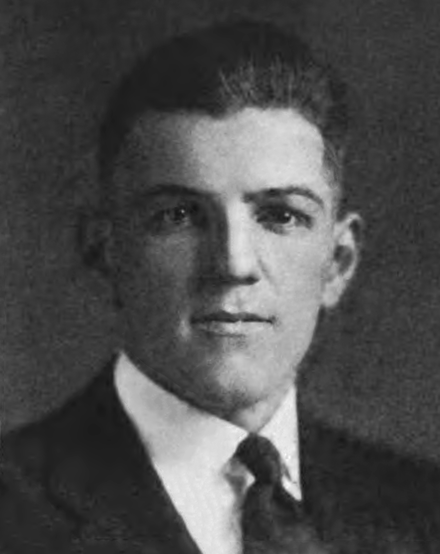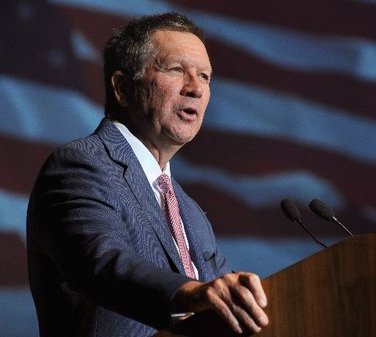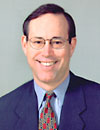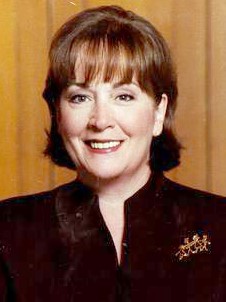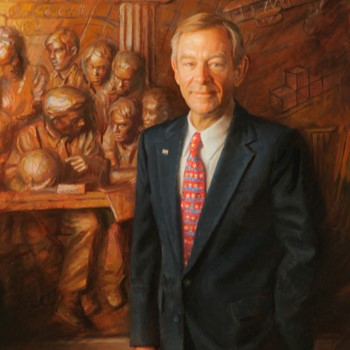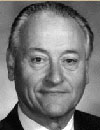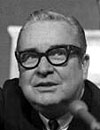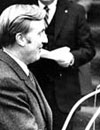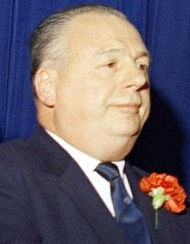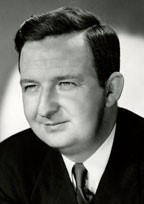This website uses cookies so that we can provide you with the best user experience possible. Cookie information is stored in your browser and performs functions such as recognizing you when you return to our website and helping our team to understand which sections of the website you find most interesting and useful. Please see our privacy policy for more information.
Ohio
Gov. Thomas J. Herbert
- January 13, 1947 - January 10, 1949
- Republican
- October 28, 1894
- October 27, 1974
- Ohio
- Adelbert College; Western Reserve University; Western Reserve University Law School
- Married Mildred Stevenson; one child
- Air Force
About
THOMAS J. HERBERT was born in Cleveland, Ohio. He studied at Adelbert College and received his undergraduate degree from Western Reserve University in 1915. During World War I, he served as a First Lieutenant in the U.S. Air Force, attached to a British Royal Air Force Squadron. Shot down during his third mission, he returned to law school at Western Reserve University while still hospitalized, receiving his law degree in 1920. Herbert’s career in public service began with his position as Assistant Director of Law for the City of Cleveland. The following year he was appointed Assistant Prosecuting Attorney for Cuyahoga County, a position that he held for one year. From 1929 to 1933, he was Assistant Attorney General of Ohio and was assigned to serve as attorney for the Public Utilities Commission. He lost his bid to become Ohio Attorney General in 1936 but won election two years later and was reelected twice. While serving as Attorney General, he was elected President of the National Association of Attorneys General. Herbert ran unsuccessfully for governor in 1944 but defeated incumbent Governor Frank Lausche two years later. As governor, he sponsored six bills that reduced or eliminated taxes. He supported legislation appropriating $45 million from treasury surplus to compensation World War II veterans. He oversaw the creation of a state tuberculosis hospital; improvements in disease control; and increased education appropriations. Herbert was defeated for reelection by the same man he had defeated two years earlier and returned to the private practice of law in Cleveland. In May 1953, President Dwight D. Eisenhower appointed him to the Subversive Activities Control Board, of which he was made Chairman. He was elected to the Ohio Supreme Court in 1951, and retired from public life after ten years of judicial service.
Source
Sobel, Robert, and John Raimo, eds. Biographical Directory of the Governors of the United States, 1789-1978, Vol. 3. Westport, CT: Meckler Books, 1978. 4 vols.

